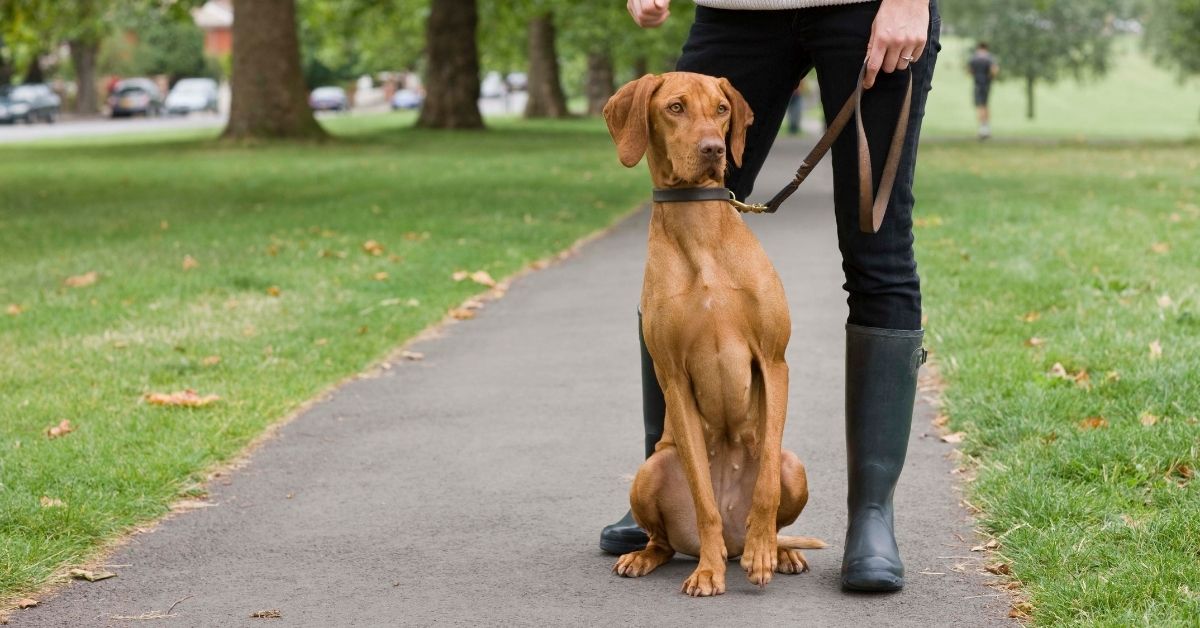Cancer and Your Dog
Our dogs are susceptible to many of the same diseases that we humans are. As a pet parent it is our responsibility to ensure we are taking care of their health in every way we can. Healthy diet, exercise and check ups with the vet twice a year or more often as needed. These are steps in the right direction to ensure our dogs maintain the best health possible. However there are times that even with the best intentions we have in their maintenance, our beloved pals may still fall ill. We must ensure that we are aware of our pets and the signs they give us when they fall ill and then act promptly. Cancer is one such illness that can be treated early if detected in time.
There are a variety of cancers that can afflict our pets. Some examples are:
- Lung Cancer: Second hand smoke will affect your pet just as it will affect us. This is a rare cancer type in dogs.
- Bone Cancer: More common in dogs. Can be detected by a swollen limb or a lame limb or areas surrounding bone.
- Internal Cancer: This is the most common type of cancer found in our dogs. Areas such as liver, spleen and G.I. tract are the normal targets
Signs and symptoms your dog may be experiencing early stages of cancer can range from:
- Vomiting
- Gastrointestinal bleeding
- Swollen areas or masses in their abdomen
- Diarrhea or constipation
- Weight loss
Most cancers are detected during the middle age and in older years. A majority of cancers are detected through physical examination by your vet. So it is very important for you to take your dog to the vet twice a year, or at the earliest sign that something may not be right. Always perform physical exams on your dog by way of massage so that you may detect anything early. If you are familiar with your pet’s body, you’ll be able to notice changes more easily. Remember early detection is key.






